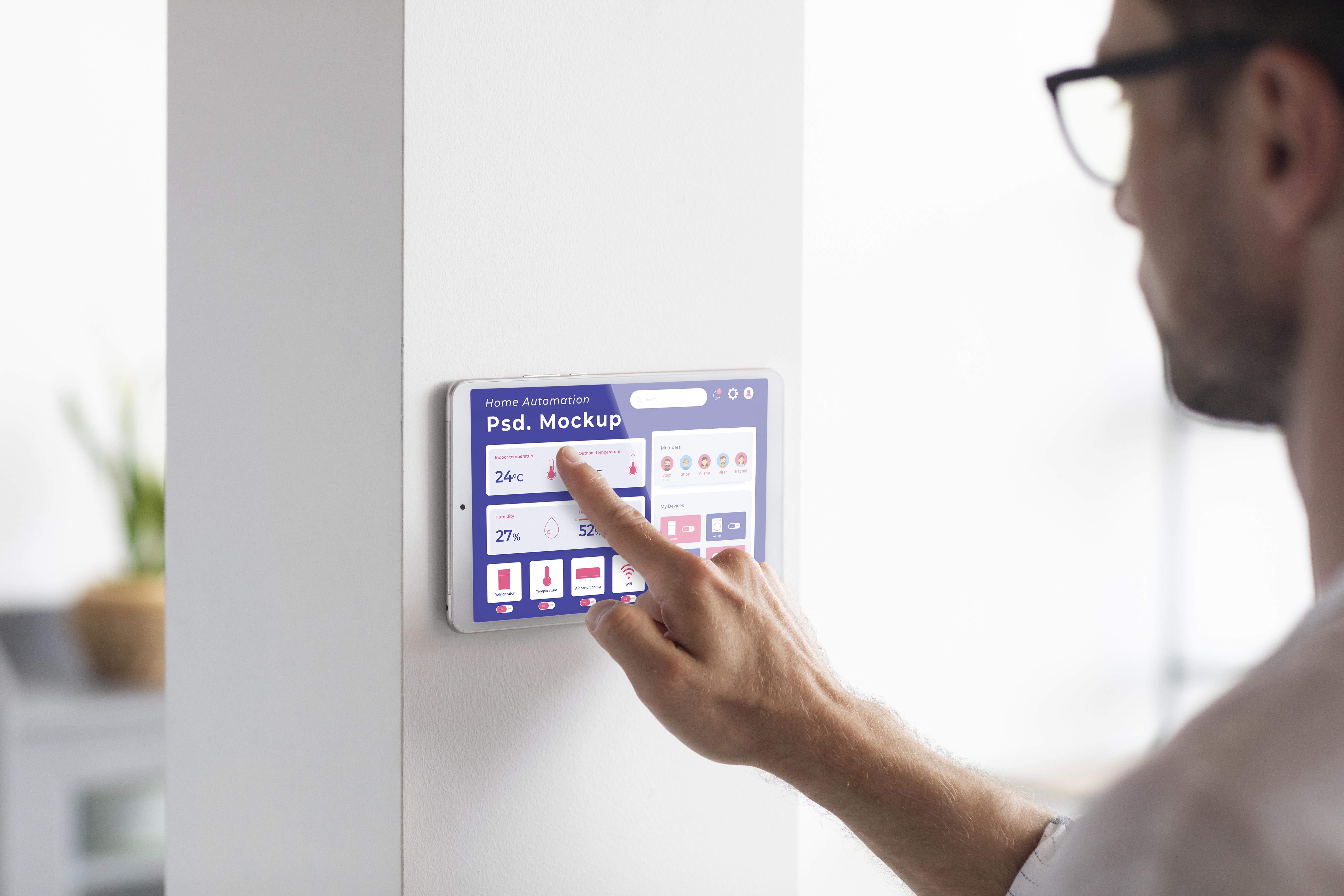
Are you unsure about how to optimize your thermostat settings for maximum comfort and energy efficiency?
The ideal temperature to set my thermostat during the summer months:
While individual comfort preferences may vary, a recommended temperature setting for optimal energy efficiency during the summer is around 78°F. This allows for a comfortable indoor environment without overtaxing your air conditioning system.
Setting your thermostat to around 78°F during the summer months strikes a balance between comfort and energy efficiency. Here’s why:
Comfort:
78°F is generally considered comfortable for most people when dressed appropriately for the season. It’s cool enough to provide relief from the outdoor heat but not so cold that it feels uncomfortable indoors. Additionally, at this temperature, you’re less likely to experience issues like sweating excessively or feeling too chilly.
Energy Efficiency:
Keeping your thermostat set at 78°F helps optimize energy usage. Air conditioning systems consume a significant amount of energy, especially when trying to maintain lower temperatures. By setting the thermostat higher, your AC unit doesn’t have to work as hard to cool the air, leading to reduced energy consumption and lower utility bills.
Reduced Strain on the AC System:
Constantly running your air conditioner at lower temperatures can strain the system, potentially leading to more frequent breakdowns or the need for repairs. By setting it to 78°F, you’re giving your AC system a break, extending its lifespan and reducing the likelihood of costly repairs.
Environmental Benefits:
Lowering your energy consumption has positive environmental impacts. Less energy usage means reduced greenhouse gas emissions associated with electricity generation, contributing to efforts to combat climate change.
Cost Savings:
Running your air conditioner at a higher temperature setting can result in noticeable savings on your energy bills over time. While it might not seem like much on a daily basis, these savings can add up significantly over the course of a summer season.
Invest in a programmable thermostat:
Investing in a programmable thermostat can significantly enhance energy efficiency. These thermostats allow you to schedule temperature adjustments based on your daily routine, ensuring that your home remains comfortable when you need it most and reducing energy consumption when you’re away or asleep.
The frequency of air filter changes in your air conditioning system depends on several factors:
Filter Type: Different types of air filters have varying lifespans. Basic fiberglass filters typically need to be replaced every 1-3 months, while higher quality pleated filters may last 3-6 months or even longer.
Air Pollution Levels:
If you live in an area with high levels of air pollution or dust, your air filter may become dirty more quickly. In such cases, you may need to change the filter more frequently to ensure optimal air quality and efficient operation of your HVAC system.
Presence of Pets:
Pet owners may need to change their air filters more frequently due to pet dander and fur accumulating in the filter. This can restrict airflow and reduce the effectiveness of the filter over time.
HVAC Usage:
The more you use your heating and cooling system, the more frequently you should change the air filter. Systems that run continuously or for extended periods of time will accumulate more dirt and debris, requiring more frequent filter changes to maintain efficiency.
Allergies and Health Concerns:
Individuals with allergies or respiratory issues may benefit from more frequent filter changes to ensure cleaner air quality within the home.
Save money by adjusting the thermostat settings when your away from home:
Adjusting your thermostat settings when you’re away from home can lead to significant energy savings. Consider setting the thermostat a few degrees higher during the day when no one is home and lowering it again when you return, or invest in a programmable thermostat to automate this process.
How can I tell if my thermostat is functioning properly?
If you notice that your home is not reaching the set temperature, or if the temperature fluctuates unexpectedly, it may be a sign that your thermostat is malfunctioning. In such cases, it’s best to consult a professional technician to diagnose and address any issues with your thermostat.
Some other ways to maximize energy efficiency in my home:
In addition to proper thermostat settings, there are several other ways to maximize energy efficiency in your home. These include sealing air leaks around doors and windows, improving insulation, using energy-efficient appliances, and scheduling regular maintenance for your air conditioning system.
Conclusion:
Optimizing thermostat settings, particularly during the summer months, can significantly enhance both comfort and energy efficiency in your home. Setting the thermostat to around 78°F strikes a balance between comfort and energy savings, reducing strain on your air conditioning system and leading to potential cost savings. Investing in a programmable thermostat further improves efficiency by allowing for customized temperature schedules. Additionally, regular maintenance, such as changing air filters and addressing thermostat malfunctions promptly, ensures optimal performance of your HVAC system. Combined with other energy-saving measures like sealing air leaks and using energy-efficient appliances, these actions contribute to a more sustainable and comfortable living environment while reducing utility expenses and environmental impact.
